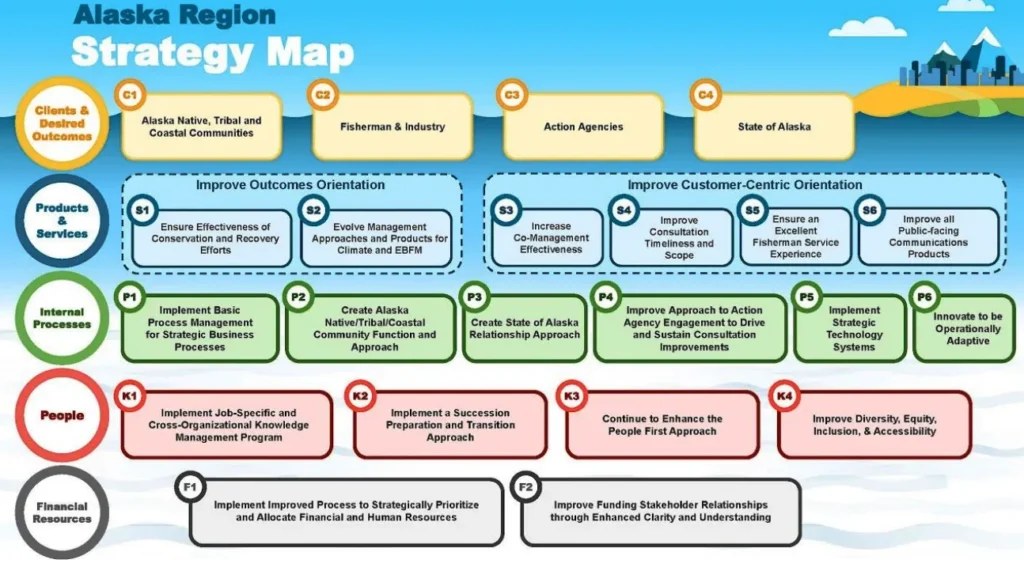01.
Understanding Alaska’s Revenue
A Year of Progress and Challenges: This introduction provides an overview of the legislative journey since 2023, noting the progress made and the challenges encountered. The Legislature’s commitment to driving economic recovery, enhancing education, and promoting sustainability underscores its holistic approach to governance.
Understanding Alaska’s Revenue
A State Unlike Any Other
Alaska’s revenue model is an enigma wrapped in a riddle. With a wealth of oil and gas royalties and a notable absence of personal income and state sales taxes, Alaska charts its own course. This unique fiscal strategy has positioned the state in an enviable, yet precarious, situation.
The Pillars of Alaska’s Economy
Oil Revenue: The Lifeblood
Oil is not just a commodity in Alaska; it’s the cornerstone of the state’s economy. Accounting for over half of the total budget and the lion’s share of discretionary spending, oil revenue fuels the state’s operations. Yet, the reliance on this volatile source is a double-edged sword, with fluctuating prices and declining production posing significant risks.
Federal Funds: A Critical Support
Federal funding plays a vital role in Alaska’s budget, financing essential services and large-scale infrastructure projects. However, the strings attached to these funds and the looming threat of federal budget cuts add layers of complexity to Alaska’s financial planning.
Investment Earnings: A Financial Buffer
The Permanent Fund, Alaska’s largest savings account, generates significant earnings used primarily for annual dividends to residents. These investment earnings offer a financial cushion, but their potential to offset future deficits remains a topic of debate and opportunity.
03.
The Road Ahead
Exploring New Revenue Sources
Diversification is key to Alaska’s fiscal health. Expanding non-petroleum industries, such as fishing and mining, and revisiting tax policies could provide new revenue streams and reduce reliance on oil.
Adapting to Fiscal Realities
Adapting to the changing fiscal landscape requires innovative thinking and collaborative problem-solving. Alaska’s approach to managing its unique revenue sources will shape the state’s future prosperity.
Investing in the Future
Investing in sustainable industries and infrastructure can foster long-term growth. By strategically leveraging its financial resources, Alaska can build a resilient economy poised for the future.

